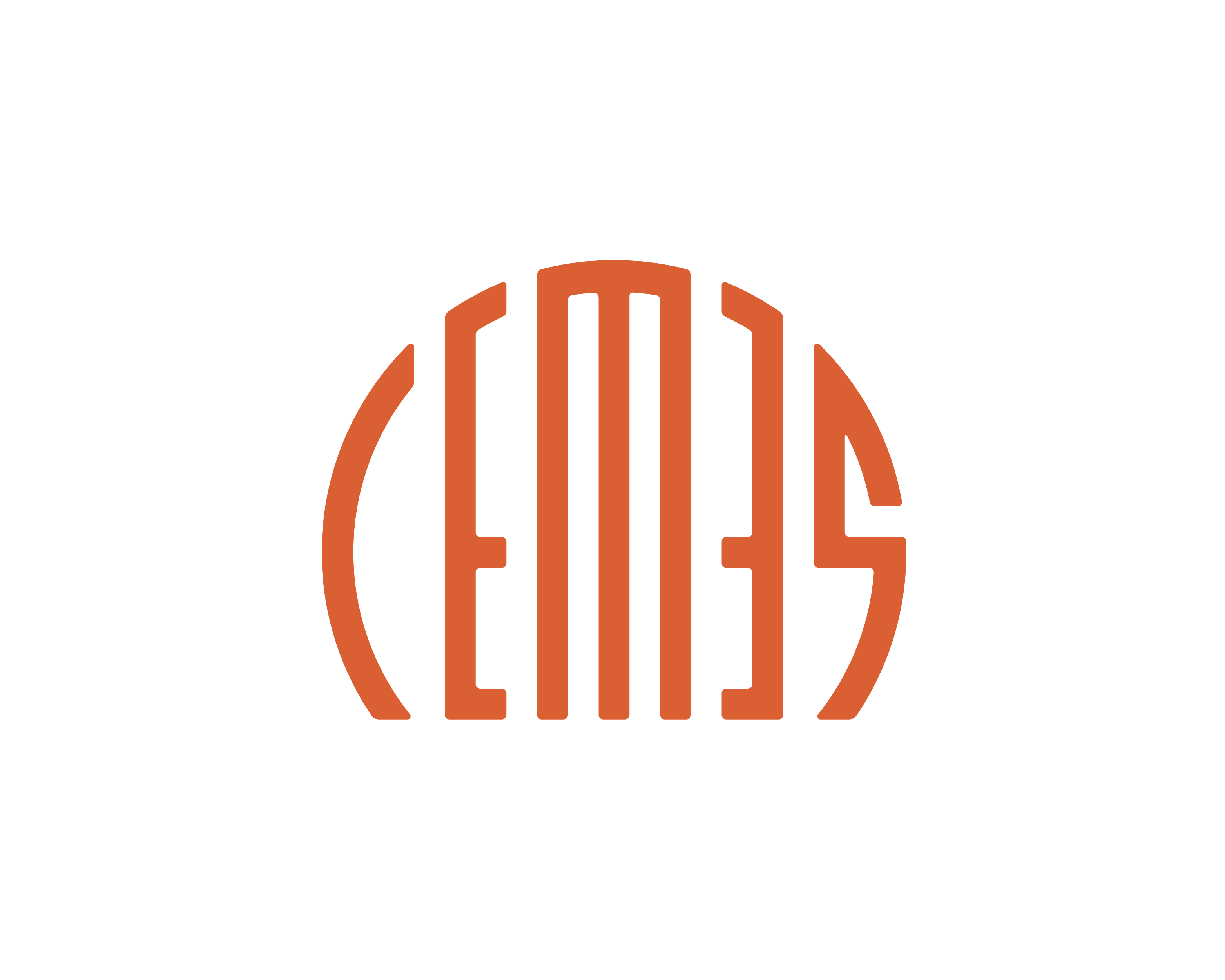Synthesis of a new family of nanocars including a bistable state
CHEMISTRY & GREEN CHEMISTRY

Lab: CEMES
Duration: 5 months full-time internship
6 months full-time internship
Latest starting date: 01/01/2024
Localisation: CEMES, GNS team
29 rue Jeanne Marvig
BP 94347
31055 Toulouse cedex 4
Supervisors:
Jacques BONVOISIN jacques.bonvoisin@cemes.fr
Nicolas BREFUEL nicolas.brefuel@cemes.fr
This research master's degree project could be followed by a PhD
Work package:
In the CEMES NanoSciences team, one of the current themes concerns the synthesis of molecular machines[1] whose mechanical properties are studied at the single-molecule scale using scanning tunneling microscopy (STM). [2] In particular, we wish to control the translational movements of molecular objects adsorbed on a surface, and several families of nanovoitures have been designed and synthesized in recent years. 3] The architecture of these nanovoitures follows a technomimetic approach and comprises two to four triptycene wheels around a rigid polyaromatic[3a] (Fig. 1, left) or porphyrinic[3b] (Fig. 1, center) chassis. The porphyrinic frame has the added advantage of incorporating a metallic center, which can be exploited for transporting small molecules via axial coordination.
Following on from this work, this internship aims to synthesize a new type of nanovoiture, this time incorporating two metal centers within a salen and phenanthroline-type framework (Fig. 1, in the box on the right). The special feature of this system is its bistable state. Indeed, the molecule in state A deposited on a surface could switch to state B by monoelectronic reduction under the effect of the STM tip. It has been shown experimentally in the GNS group that the selective reduction of a Cu(II) ion on a surface leads to a structural modification of the molecule, which loses its planarity by moving from a plano-square geometry to a tetrahedral geometry.[4] This change of state would modulate the movement of the nanocarrier on the surface by acting as a brake.
References:
[1] V. Balzani, A. Credi, M. Venturi, Molecular Devices and Machines – A Journey into the Nano World, Wiley-VCH, Weinheim, 2nd ed. 2008.
[2] C. Kammerer, G. Erbland, Y. Gisbert, T. Nishino, K. Yasuhara, G. Rapenne, Chem. Lett. 2019, 48, 299-308.
[3] (a) H. P. Jacquot de Rouville, R. Garbage, R. E. Cook, A. R. Pujol, A. M. Sirven, G. Rapenne, Chem. Eur. J. 2012, 18, 3023-3031. (b) T. Nishino, C. J. Martin, H. Takeuchi, F. Lim, K. Yasuhara, Y. Gisbert, S. Abid, N. Saffon-Merceron, C. Kammerer, G. Rapenne, Chem. Eur. J. 2020, 26, 12010-12018.
[4] T. Leoni, O. Guillermet, H. Walch, V. Langlais, A. Scheuermann, J. Bonvoisin, S. Gauthier, Phys. Rev. Lett. 2011, 106, 216103.
Areas of expertise:
Coordination Chemistry, Organic Chemistry, Nanoscience, Electrochemistry, Switchable molecule
Required skills for the internship:
Curious, self-motivated, serious, with a good knowledge in chemistry
